Art World
7 Terrifying Tales From the World’s Most Haunted Museums, From the Red Man of the Louvre to Monet’s Restless Ghost in Cleveland
Happy Halloween!
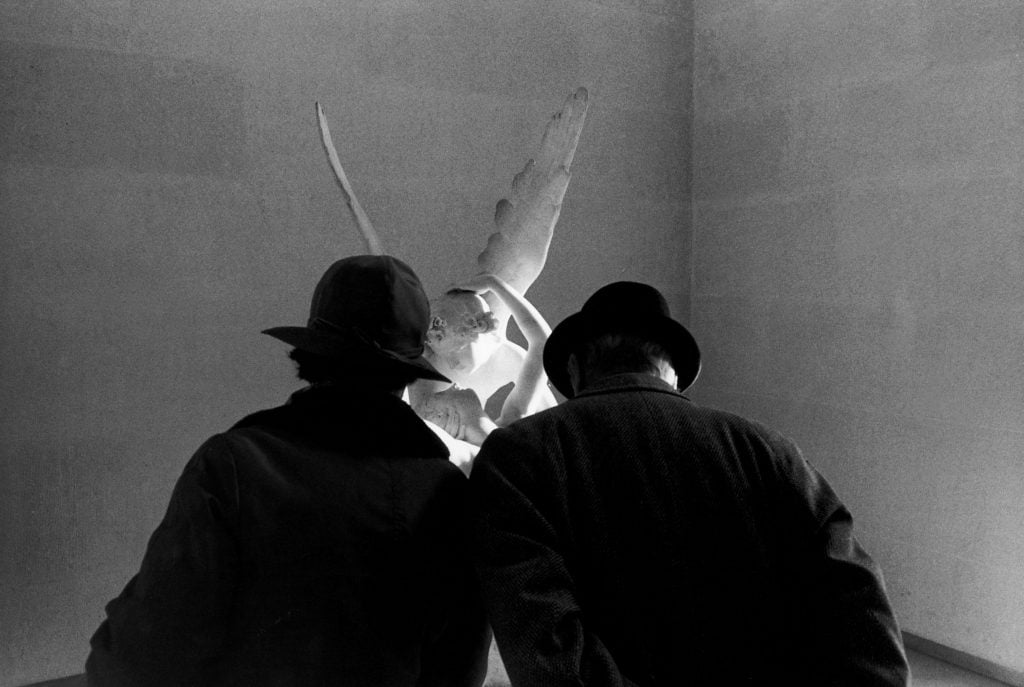
Happy Halloween!

Katie White

Filled with prized paintings, storied treasures, and, yes, sometimes even mummies, museums are a natural haunt for otherworldly spirits.
Legends abound in the museum world of artistic spirits like Frida Kahlo roaming Casa Azul and a spectral lady in white spooking MoMA employees. Many museums have even publicly acknowledged the visitations.
The Museum of Contemporary Art in Tokyo played into ghostly rumors when it opened a “Haunted House” gallery for kids filled with eerie paintings. (The eyes move in one picture; in another, a pair of hands emerge from the face of Mona Lisa).
But we’re not talking about kids’ stuff. This Halloween, we’ve compiled seven of the most notorious museum hauntings, ranked from those that give slight goosebumps to ones that are totally hair-raising.
Read on—if you dare…
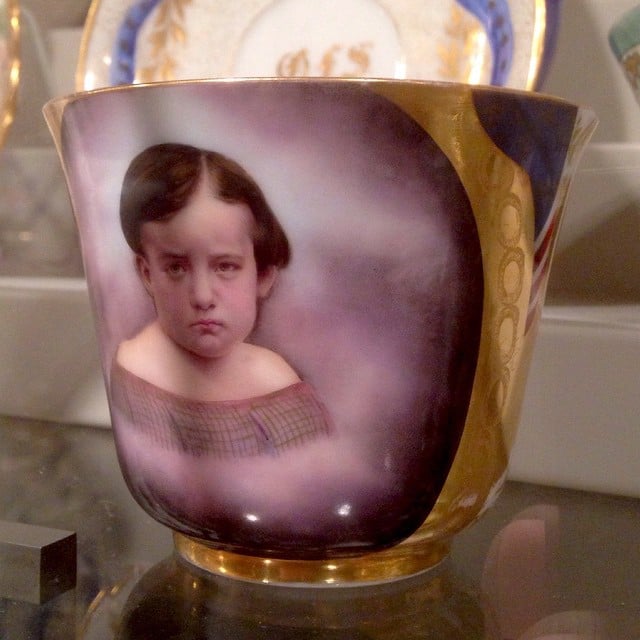
Does the ghost of a girl haunt the American Wing of the Metropolitan Museum of Art? Image by Mark B. Schlemmer.
Doctor, Doctor, Give Me the Boos: The Upper East Side of Manhattan has every kind of doctor imaginable, including (and why not?) a duo of self-proclaimed ghost doctors. Over the years, the paranormal experts Dr. Pete and Dr. Stew have made numerous visits to the Met equipped with essential ghost-hunting gear, including EVP monitors and dowsing rods (never mind how those got through security). Over the years, the doctors have captured some spine-tingling sounds emanating from the galleries, and, on a 2013 ghost-hunting expedition with the Observer, the doctors seemed to have channeled a spirit in the European sculpture and decorative arts wing.
A Ghostly Girl: Elsewhere in the museum, at the Henry R. Luce Center for the Study of American Art, the phantom of a young girl has been seen running down the halls, her giggling and chatter giving unexpected frights to studious art historians and curators. According to museum lore, she’s believed to be the daughter of a long-ago employee.
Terror Meter: ??
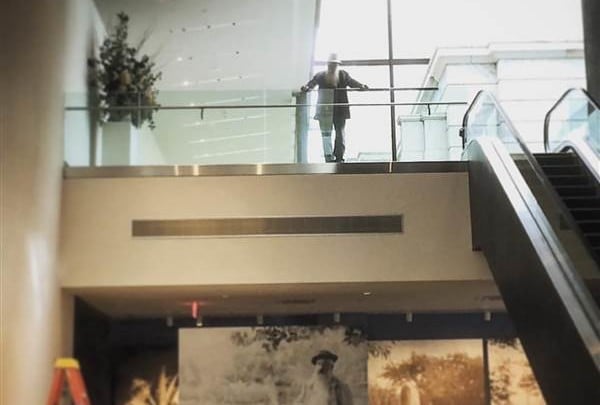
This honest-to-god photo of Monet was snapped by museum staff at the Cleveland Art Museum. Courtesy of the Cleveland Art Museum.
Guest Appearance: While curators were busy finalizing the installation of the Cleveland Art Museum’s 2015 exhibition “Painting the Modern Garden: Monet to Matisse,” the famed Impressionist painter of waterlilies himself appears to have paid an unexpected visit.
On the balcony overlooking the galleries stood a man with Monet’s characteristic salt-and-pepper beard and bowler hat. A photo of the figure was snapped by the museum’s director of design and architecture, Jeffrey Strean, showing the illusory artist just above a strikingly similar vintage photo of Monet.
Staff Support: The Cleveland Museum claims the sighting is the real deal. Soon after the story emerged, Caroline Guscott, communications director for the museum, asked the Cleveland Plain Dealer: “What are the chances someone looks like that and happens to be at the museum the day we are finishing installation?”
Not Their First Seance: Besides Monet, museum visitors from the afterlife have included the former museum director, William Mathewson Milliken, spotted sporting a tweed jacket and wandering the oldest sections of the museum. A likeness of the subject of Jacques André Joseph’s Portrait of Jean-Gabriel du Theil at the Signing of the Treaty of Vienna has supposedly been seen gazing at his portrait (we hope he likes it?). In 2010, the museum published a blog post recounting a few of the most frequent fantastical tales.
Terror Meter: ??
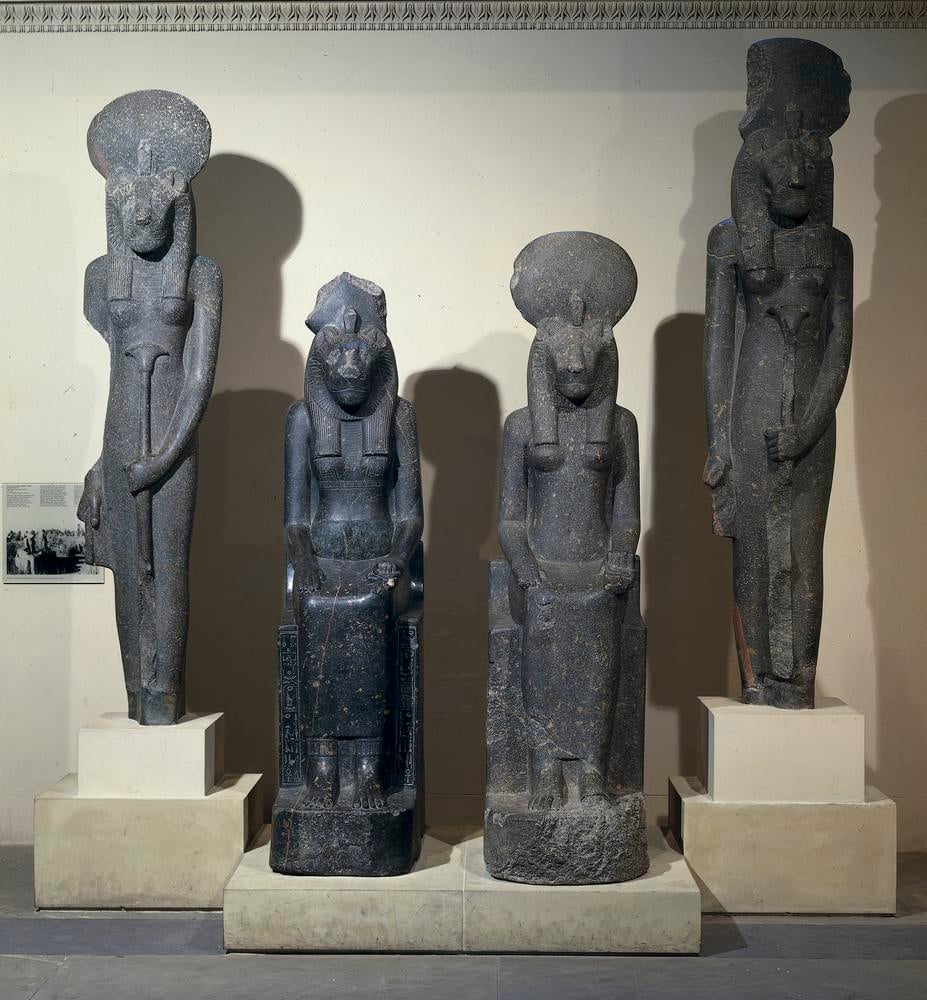
A statue of the Egyptian goddess Sekhmet is one of many objects in the collection of the British Museum believed to have other-worldly powers. Courtesy of the British Museum.
Ghost Gossip?: With millions of artworks and artifacts spanning millennia, it seems like merely a game of odds that there would be at least one spook wafting around the British Museum—at least that’s what Noah Angell, an American-born artist, supposed when he started researching hauntings at the museum back in 2016.
Years later, his list of stories, told to him mostly by museum guards, keeps growing.
“Most of the people that I’ve gathered these stories from… don’t self-identify as believing in ghosts,” he told the Economist. “For the most part, these visitor-services and security people are working-class blokes and they don’t make a fuss unless something really serious is going on… But what they all seem to agree on, as the sort of folk belief of the museum worker, is that objects hold energy.”
A Ghoulish Guard Dog: In one story, a security guard found himself inexplicably captivated by a 19th-century wooden Congolese sculpture of a dog. Sensing that the sculpture had inanimate powers, he pointed his finger towards it—and fire alarms in the gallery allegedly went off on cue. Other tales include ones of haunted stairwells, a crying caryatid from the Elgin Marbles, and secret powers from statues of the Egyptian goddess Sekhmet.
Unhappy Objects: Angell offered an alternative perspective on the repatriation of objects from Western museums, alluding to the possibility that the objects themselves may be uneasy in their current settings, particularly when ritual and ceremonial purposes are neglected.
“In the conventional discourse around repatriation… contested objects are like pawns. They may be fantastic and big and old, but essentially they are being employed as a symbolic wedge, which two countries with grievances against each other can use to get what they want,” Angell said. “These stories seem to suggest that the objects themselves are restless.”
Terror Meter: ???
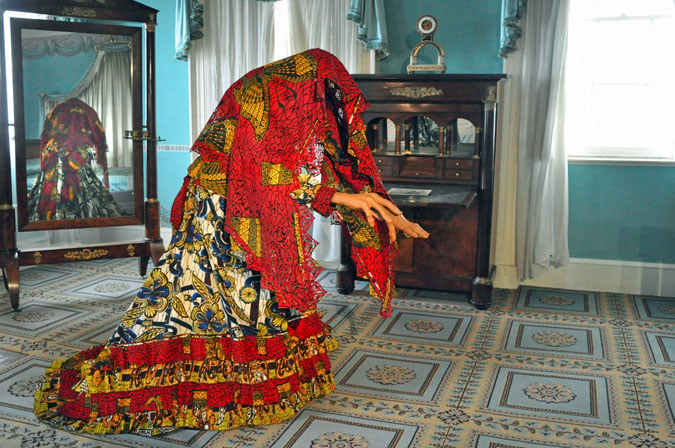
Yinka Shonibare, The Ghost of Eliza Jumel (2015) at the Morris-Jumel Mansion, New York. Photo: Trish Mayo, courtesy Morris-Jumel Mansion.
The Mysterious Mansion: In the northern stretches of Manhattan lies the Morris Jumel Mansion, a mid-18th-century Federal-style home that sometimes hosts art exhibitions. Along with the home’s era-specific furnishings comes one apparent epoch-appropriate apparition: Eliza Jumel, Aaron Burr’s widow, who lived in the home when she died in 1865, then one of the richest women in New York City.
A Wretched Wraith: In her day, Jumel was known as a preternaturally shrewd businessperson. Born in a brothel as the daughter of a prostitute, she ascended to the heights of American society. Gossip was always at her heels as she garnered power and wealth, through marriages, lies, and her own acumen. She was also a keen collector of art.
Jumel was rumored to have murdered Burr (no lamb himself) for his money—their divorce was meant to be finalized the day of his death. Her first husband, too, died under suspicious circumstances, falling on a pitchfork in their basement. Following her own passing, Jumel’s ghost stubbornly wouldn’t leave the house.
Artist’s Conjuring: Several years ago, the museum hosted a Yinka Shonibare exhibition that included a headless figure meant to evoke Eliza Jumel’s ghost. The museum seems to agree something uncanny is afoot, and often hosts paranormal investigations that are open to the public.
Terror Meter: ?????
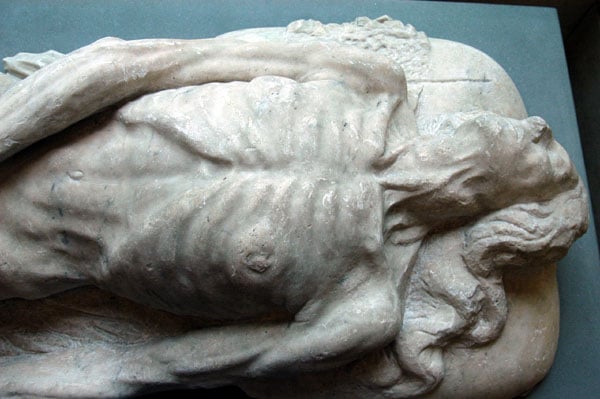
Girolamo della Robbia, Catherine de Medici funerary statue (1567). Collection of the Louvre.
Bloody Beginnings: Long before the Louvre was a museum, it was a fortress with beginnings dating back to the 12th century. With such august origins, no doubt the building itself has been home to more than a few unfortunate endings—and a running list of its own startling tales.
The Queen’s Butcher: The Louvre’s most infamous apparition is that of Jean l’Ecorcheur— Jack the Skinner.
A butcher by trade, he became a favorite henchman of Queen Catherine de Medici in the 16th century. Suspecting he knew just one too many secrets about the royal family, the cunning queen had him murdered.
It is said that, from beyond the grave, Jean l’Ecorcheur returned to haunt the royal family, living in the palaces of Louvre. Nicknamed the Red Man of the Tuileries, he can still be spotted dressed in red, moving about the museum and the nearby gardens. Napoleon claimed to have seen his likeness in 1815.
Terror Meter: ?????
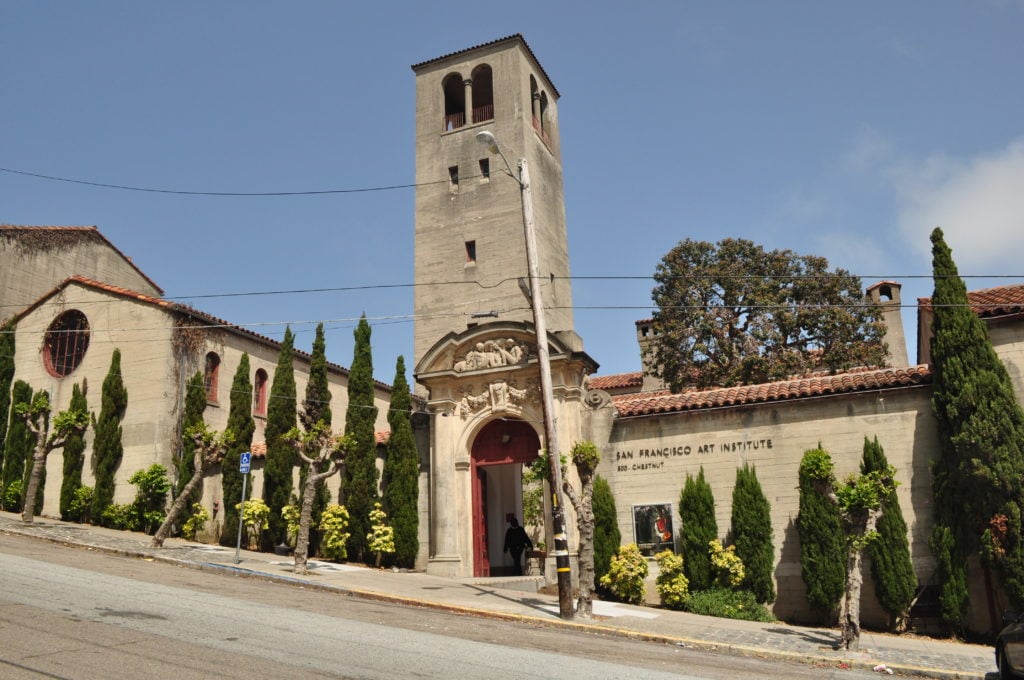
San Francisco Art Institute on a sunny spring day. Photo from Getty Images.
Tower of Terror: Even Quasimodo would be hightailing out of this bell tower. The San Francisco Art Institute’s bell tower is a hotbed of paranormal comings and goings—so much so that they’ve cordoned the tower off from the public.
Decades of Disturbance: The first significant occurrence came in the 1940s. A student needing to pay for this schooling took a job as a night watchman, and, pinching pennies, worked out an arrangement to live in the tower as well. One night, the student reported hearing what he believed was an intruder running up the stairs. Alarmed, he prepared to bludgeon the invader, but when the door swung open, no one was there (!). Nevertheless, the footsteps continued out to the observation deck. Following this incident, the institute received intermittent reports of unusual activity, but the ghost settled down… at least for a while.
Damning Decision: Don’t disturb the dead is horror-movie 101. Nevertheless, in the 1960s, the school went ahead and began renovations on the bell tower. Supernatural reprisal is said to have commenced in the form of disembodied screams, destroyed equipment, and falling objects. Construction workers complained of many unsettling events, with the company ultimately quitting the job.
Artistic Inspiration: While the bell tower has been largely off-limits, the school has allowed psychics to perform occasional seances on site. One psychic claimed to have had a vision of a graveyard at the base of the bell tower—which might just be true. According to research, the graveyard was built over following the 1906 earthquake. In 2017, SFAI leaned into the creepy factor by hosting an exhibition inspired by the hauntings titled “Ghost of the Tower.”
Terror Meter: ?????
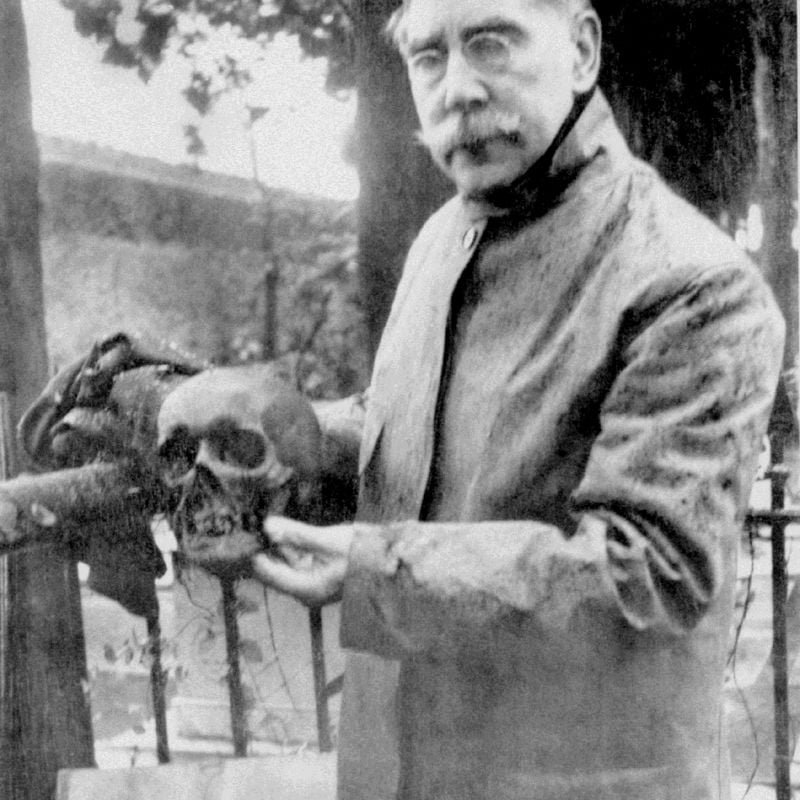
James Smithson was buried in Italy before his body was moved to the United States.
Ghost in Residence: James Smithson, the founding donor of the Smithsonian Institute, has been spotted wandering the organization’s “Castle,” home to its administrative and information headquarters, on numerous occasions. This starts to make a lot of sense when you learn that Smithson’s remains have been interred at the museum since 1904.
Afterlife Investigation: Smithson’s frequent appearances were supposedly causing such a ruckus that, in 1973, his remains were briefly disinterred for investigation. His skeleton was, in fact, still safely in its coffin—though that’s to say nothing of his spirit. (Other motives for the disinterment might have been to search for documents rumored to have been buried with him… but we choose to believe otherwise.)
No Rest for the Weary: The English Smithson died without ever visiting the United States, despite his eagerness to help fund the new institution. He was buried for the first time in Genoa after he passed away in 1829. But attempting to right that perceived injustice, Alexander Graham Bell arranged to have his body exhumed and brought to the U.S. in 1903—meaning that Smithson has been exhumed not once, but twice. It’s no wonder his spirit can’t settle down.
Working the Graveyard Shift: Smithsonian enthusiasts never seem to want to leave. As early as 1900, the Washington Post mentioned sightings of Spencer Fullerton Baird, the museum’s first curator, seen wandering the museum’s hall. Another regular: The famed paleontologist Fielding B. Meek, who lived in one of the museum’s castle towers with his cat and died there in 1876. Other sightings include the explorer Emil Bessels and secretary Joseph Henry, both lifelong devotees of the institution.
Terror Meter: ??????